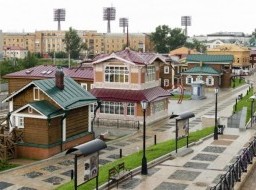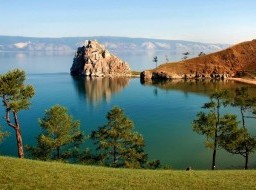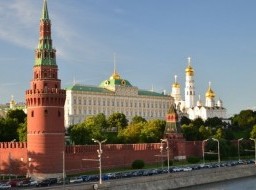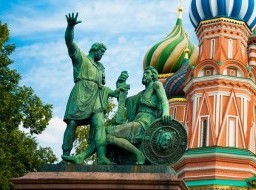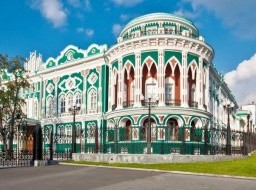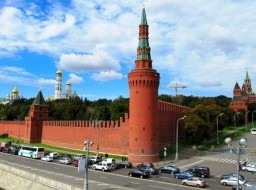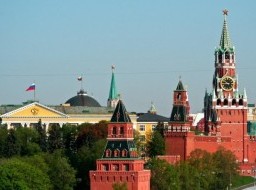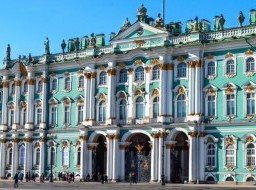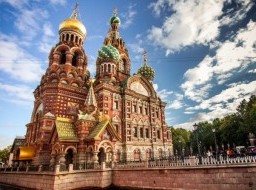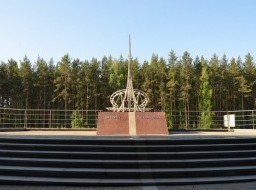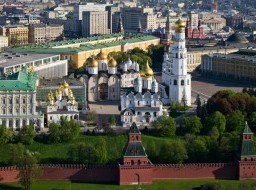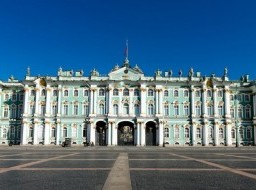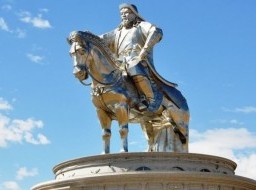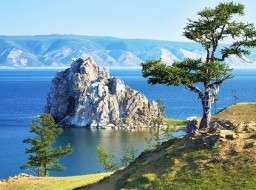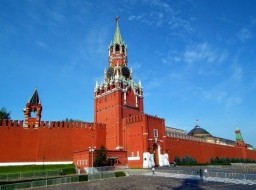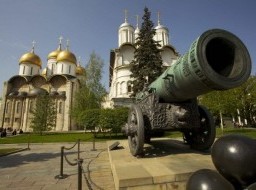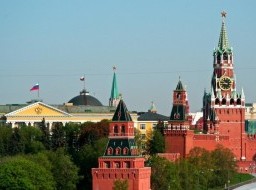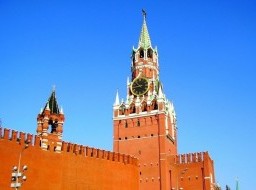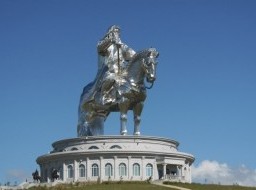Suchebaatar Square
In July 1921 in the centre of Ulaanbaatar, Damdin Sükhbaatar (the ‘hero of the revolution’) declared Mongolia’s final independence from China. A square later built on the spot now bears his name and features at its centre a bronze statue of the revolutionary astride his horse. In 2013 the city authorities changed the name of the plaza to Chinggis Khaan Sq, but in 2016 Sükhbaatar's descendants won a court battle to restore the original name. Peaceful anti-communism protests were held here in 1990, eventually ushering in the era of democracy. Today, the square (talbai) is occasionally used for rallies, ceremonies, rock concerts and festivals, but is generally a relaxed place where kids drive toy cars and teens whiz around on bikes. Near the centre of the square, look for a large plaque that lists the former names of the city – Örgöö, Nomiin Khuree, Ikh Khuree and Niislel Khuree. The large warehouse on the square houses temporary exhibits. Poke your head inside to see what's on. The enormous marble construction at the north end was completed in 2006 in time for the 800th anniversary of Chinggis Khaan’s coronation. At its centre is a seated bronze Chinggis Khaan statue. He is flanked by Ögedei (on the west) and Kublai (east). Two famed Mongol soldiers (Boruchu and Mukhlai) guard the entrance to the monument. Behind the Chinggis monument stands Parliament House, which is commonly known as Government House. An inner courtyard of the building holds a large ceremonial ger used for hosting visiting dignitaries. To the east of the square is the 1970s Soviet-style Cultural Palace, a useful landmark containing the Mongolian National Modern Art Gallery and several other cultural institutions. At the southeast corner of the square, the salmon-pinkish building is the State Opera & Ballet Theatre. Just south of the opera house is the symbol of the country's new wealth, Central Tower, which houses luxury shops including Louis Vuitton and Armani. The light-coloured colonnaded building to the southwest is the Mongolian Stock Exchange, which was opened in 1992 in the former Children’s Cinema. Across from the Central Post Office is a statue of S Zorig, who, at the age of 27, helped to lead the protests that brought down communism in 1990 (he was tragically assassinated in 1998). |
|
